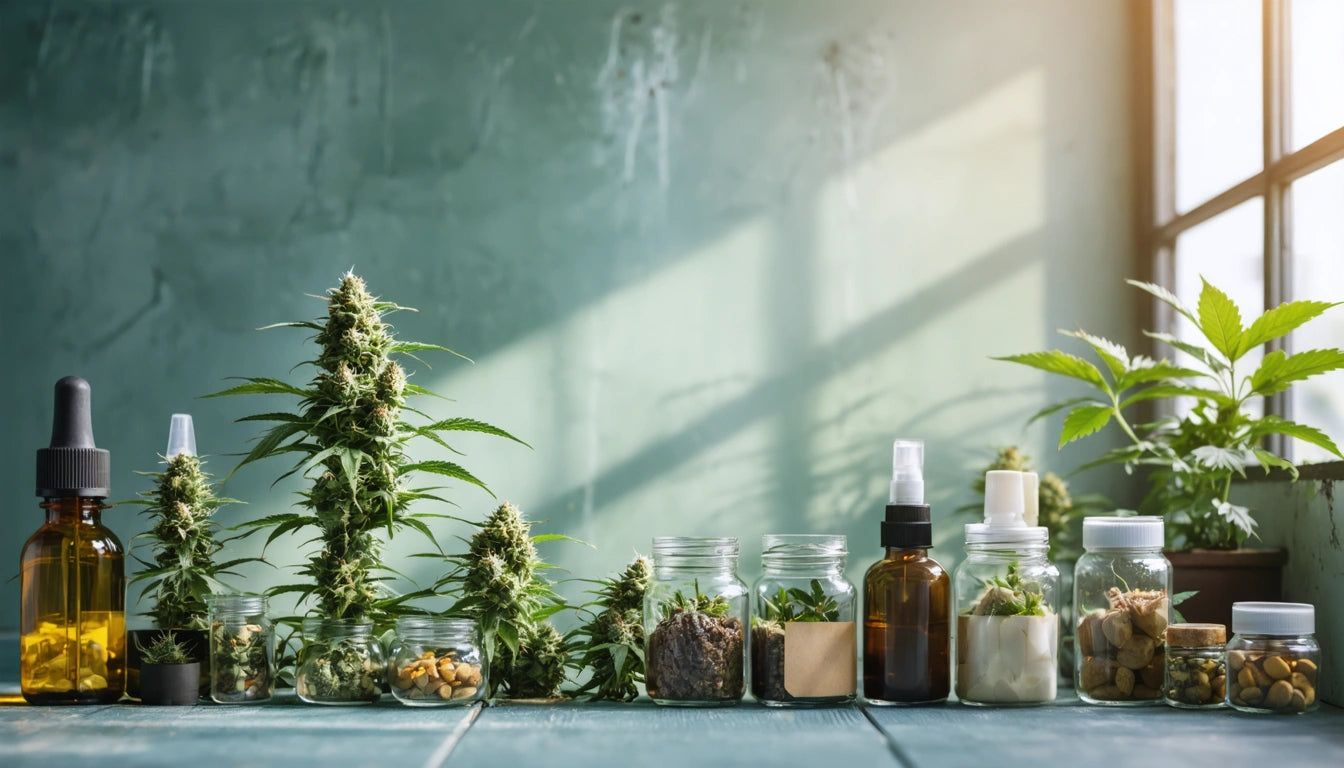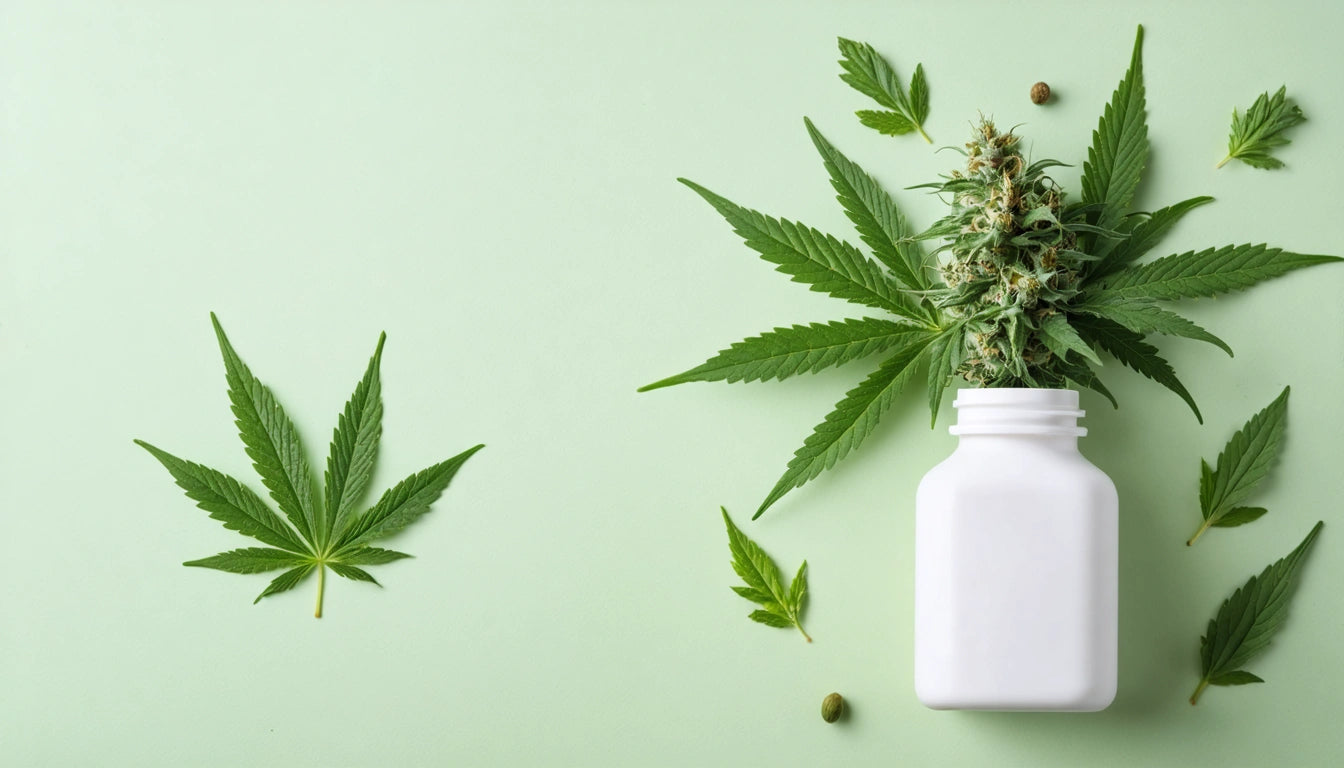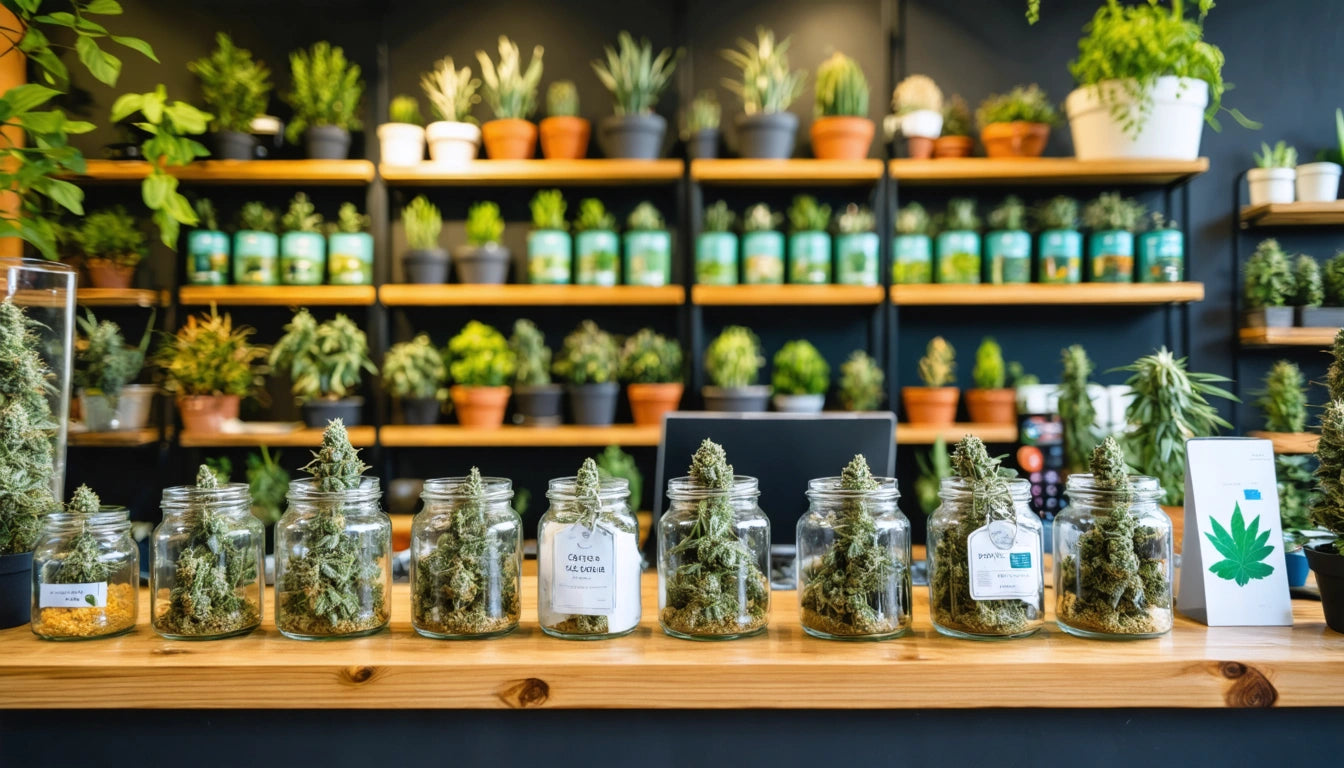Table of Contents
Cannabis consumers have become increasingly discerning about packaging, with preferences extending far beyond basic functionality. Today's buyers evaluate flower packaging based on multiple factors including preservation quality, environmental impact, ease of use, and visual appeal. Understanding these evolving preferences helps brands develop packaging solutions that resonate with target demographics and drive purchasing decisions.
Visual Appeal and Brand Recognition
First impressions matter significantly in cannabis retail environments. Research on branding impact shows that distinctive visual elements can increase sales by up to 30% when properly aligned with consumer expectations. Modern cannabis consumers respond to:
- Clean, professional design that communicates quality
- Color schemes that indicate strain types or effects
- Transparent viewing windows that showcase product quality
- Premium finishes that signal high-end offerings
Premium brands particularly benefit from packaging that communicates exclusivity through tactile elements like soft-touch coatings, embossing, or specialty printing techniques. These visual and tactile cues create instant brand recognition in crowded dispensary environments.
Freshness Preservation Features
Preservation technology has become a major differentiator in consumer purchasing decisions. Proper terpene preservation directly impacts the consumer experience, with buyers increasingly knowledgeable about how packaging affects potency and flavor profiles.
Humidity control has emerged as a critical factor, with many consumers specifically seeking packages that include humidity regulation systems to maintain optimal moisture levels. These specialized humidity solutions help preserve terpene profiles and prevent both over-drying and mold issues during storage.
Additional freshness features consumers value include:
- UV-resistant materials that prevent cannabinoid degradation
- Airtight seals that preserve aromatic compounds
- Reclosable designs that maintain freshness after opening
- Nitrogen-flushed packaging that removes oxygen before sealing
Sustainability Concerns Driving Choices
Environmental consciousness has significantly impacted consumer packaging preferences. According to industry sustainability research, 64% of cannabis consumers report being more likely to purchase products in environmentally friendly packaging, with younger demographics showing even stronger preferences.
Sustainable packaging features gaining traction include:
- Recyclable and biodegradable materials
- Minimalist designs that reduce material usage
- Hemp-based packaging components
- Reusable containers that extend utility beyond initial purchase
Brands successfully balancing sustainability with preservation requirements often highlight these efforts directly on packaging, creating additional value propositions for environmentally conscious consumers.
Child-Resistant Yet User-Friendly Design
Compliance features remain non-negotiable in cannabis packaging, but consumer frustration with difficult-to-open containers has driven innovation in user-friendly designs. Child-resistant packaging that maintains style represents a significant trend, with brands finding creative solutions that satisfy both regulatory requirements and user experience demands.
Consumers particularly appreciate:
- Push-and-turn mechanisms that are intuitive for adults
- Slider systems that combine security with easy access
- Child-resistant bags with clear opening instructions
- Containers that remain functional after multiple uses
Packaging Materials: Consumer Preferences
Material choices significantly influence purchasing decisions across different consumer segments. The ongoing debate between glass jars versus mylar bags illustrates how different demographics prioritize various attributes:
- Premium segment: Prefers glass jars for perceived quality and reusability
- Value segment: Often chooses mylar packaging for cost efficiency
- Convenience-focused: Selects easy-open, reclosable flexible packaging
- Environmentally conscious: Seeks minimal, sustainable materials
The rigid versus flexible packaging comparison extends beyond consumer preferences to practical considerations. Research on packaging rigidity shows that premium flower brands typically benefit from rigid containers that provide physical protection and premium positioning, while flexible packaging offers advantages in shipping efficiency and cost.
Evolving Market Demands and Adaptation Strategies
As the cannabis market matures, packaging preferences continue to evolve in response to consumer education and market sophistication. Forward-thinking brands are responding with:
- Packaging systems tailored to specific strain characteristics
- QR codes linking to detailed product information and lab results
- Packaging that communicates expected effects through visual language
- Right-sized containers that minimize waste while maximizing protection
Successful brands recognize that packaging functions as both a practical necessity and a powerful marketing tool. By aligning packaging decisions with consumer preferences around sustainability, preservation, convenience, and visual appeal, cannabis companies can significantly influence purchasing decisions and build lasting brand loyalty in an increasingly competitive marketplace.











Leave a comment
All comments are moderated before being published.
This site is protected by hCaptcha and the hCaptcha Privacy Policy and Terms of Service apply.